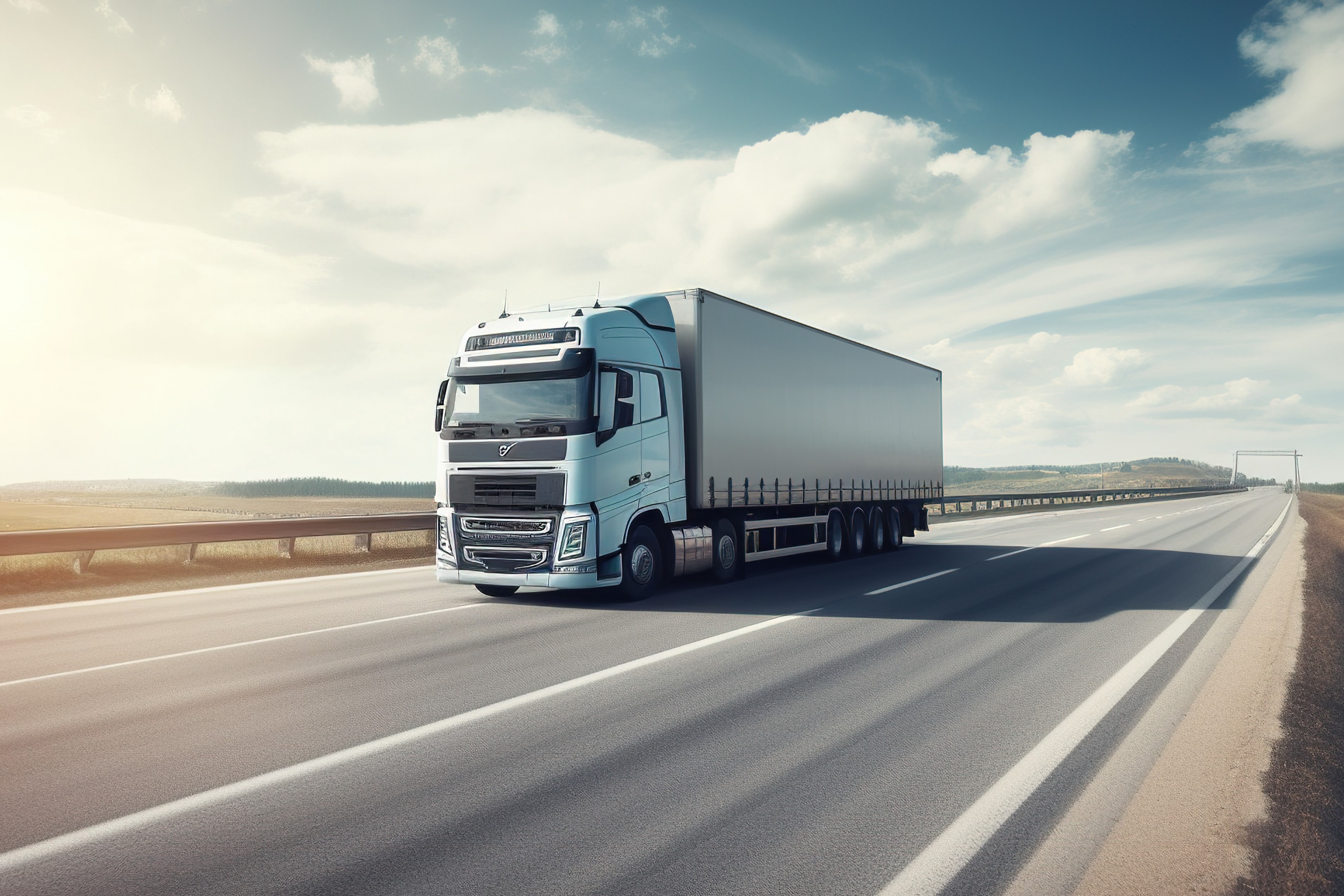The EU environment ministers yesterday discussed climate targets for new heavy trucks and buses. With their decision, they largely follow the proposals of the EU Commission, according to which CO2 emissions from heavy trucks are to be reduced by 45 percent by 2030 and thus faster than previously prescribed. Ten years later, in 2040, the CO2 reduction should then reach 90 percent.
Reinhard Zirpel, President of the Association of International Motor Vehicle Manufacturers (VDIK), commented: “The EU wants to significantly tighten the pace of the market ramp-up of zero-emission commercial vehicles. With the proposed, more ambitious targets, more than one third of all new heavy-duty registrations would have to be zero-emission trucks as early as 2030. International commercial vehicle manufacturers are determined to make a significant contribution to the necessary CO2 reduction by rapidly increasing the proportion of zero-emission vehicles. Whether they succeed, however, depends above all on framework conditions and prerequisites that the manufacturers can only influence to a limited extent themselves. It is therefore high time that the development of truck charging stations got underway. Here, the member states have to do their homework.”
The VDIK warns against a further tightening of the CO2 targets for heavy trucks, as proposed by the Federal Government. The EU Parliament should also define its position with a sense of proportion. Zirpel: “With the targets now proposed, Europe is facing a major challenge. It will now be crucial that the financial framework conditions and the infrastructure are also adapted to the targets for trucks. After all, customers will only buy zero-emission trucks if it pays to operate them and they can be recharged on the road.”
In defining zero-emission vehicles, the Council followed the Commission’s proposal, which is open to all technologies. The threshold for these vehicles is to be 5 grams per ton kilometer or passenger kilometer. This means that other locally emission-free drive systems, such as hydrogen combustion engines, will also have a chance to establish themselves on the market in the future.





